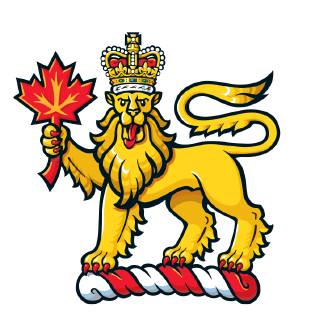This content is archived.
North Bay, Ontario, Thursday, March 31, 2106
Allow me to begin by acknowledging that this ceremony is taking place on the traditional territory of the Nipissing First Nation.
Two days ago, in Thunder Bay, I took part in an extraordinary meeting.
It was with members of a youth group called Feathers of Hope, which is dedicated to improving Aboriginal representation on juries and in the justice system in Ontario.
You may have heard of Feathers of Hope. They’ve just released a report with recommendations on policing, the courts, the jury process and a culturally sensitive approach to justice known as Gladue courts.
The members of Feathers of Hope have an ambitious goal: to reshape the justice system and make it more respectful of Aboriginal cultures, traditions and realities.
Think about that for a minute.
These young people, who come from communities across northern Ontario, are hard at work reforming the province’s justice system!
How impressive! How inspiring!
When I hear that young Aboriginal people are the fastest-growing segment of Canada’s population, I feel great hope for our future.
In Canada, we’re all treaty people, and we’re all in this together. A justice system that better serves Aboriginal people better serves all Canadians.
And of course, the same applies to the education system, which is what we’re here to talk about today.
I’m pleased to visit Nipissing University and to hear your ideas and experiences in learning.
But first, let me recognize your leadership in the field of Aboriginal education, because you’re at the forefront of this very important effort.
On behalf of all Canadians, I thank you.
I thank you for demonstrating the importance of First Nations control of First Nations education.
I thank you for reminding us that every community is unique, and that one size does not fit all when it comes to learning.
And I thank you for focusing on language and culture, because students can’t learn without knowing who they are and where they’re from.
As you may know, I have the solemn responsibility of being an honourary witness to the truth and reconciliation process.
At Rideau Hall and across Canada, I’ve heard Survivors bravely share the devastating impacts of residential schools on their lives, families and communities.
I’ve heard them speak of the betrayal of education that was residential schooling.
But I’ve heard something else from the Survivors and Commissioners, too.
I’ve heard them say that education—learning—offers Aboriginal people and communities the best hope of rebuilding and restoring themselves to their rightful place at the heart of Canadian society.
Our hope lies in learning, and an unwavering commitment to respect and inclusiveness in our relationships.
And when I say our hope, I mean hope not only for First Nations communities, but for all of Canada.
All Canadians have much to learn from the first peoples of this land, not least in our approach to education, which must recognize that learning is a lifelong journey.
Let me end by telling you about a very special celebration that took place at Rideau Hall, just a few weeks ago.
It was an event we held in partnership with the National Centre for Truth and Reconciliation, which brought together young people from across Canada to share their artistic visions for reconciliation.
The event was called Imagine a Canada, and many of those young, hopeful visions for reconciliation were expressed in drawings, paintings, poems and stories.
The youngest participant was a grade two student from Carcross, Yukon. He stood about this high!
And one of the older students was a young woman named Robin Chokomolin, from right here in North Bay!
Robin wrote a poem called “Reconciliation,” in which she talked about growing up afraid in Wahgoshig First Nation.
We’re delighted to have Robin here with us today, and if I may, Robin, I’d like to share a few lines of your poem.
Here’s what she wrote:
I see that with education
we can rise above our past
that when someone asks me where
I’m from I won’t regret they asked
With reconciliation, our
people will be free.
Our people can be whole again,
and see how strong we can really be.
Isn’t that a beautiful vision to guide our discussion today?
Thank you.
